I met KB Rylander a couple years ago at Armadillcon, simply excited to run into yet another San Antonio author at the convention.
Turns out KB wasn’t just another emerging writer from the Alamo City, but a very good emerging writer from the Alamo City. By the time I sat down at the bar with her at the next Armadillocon, her short story “We Fly” had won the 2015 Jim Baen Memorial Short Story Award.
The work I’ve read from her so far explores some familiar sf tropes like uploaded consciousness and generation ships, but always with an engaging focus on the humanity of its characters. The people in her stories feel real and idiosyncratic — and as a result it’s easy to become absorbed in her prose.
Make no mistake, KB Rylander is a writer to watch.
In addition to being your first professional publication, your story “We Fly” won the Jim Baen Short Story Award. Could you talk a little about what the award is, about your story and why it appealed to the judges?
The Jim Baen Memorial Short Story Award is sponsored by Baen Books and the National Space Society and is for near-future science fiction involving manned space exploration. Anyone can enter who hasn’t already won and there is no entry fee, so check it out!
My story “We Fly” is about a woman whose consciousness was uploaded into an interstellar probe to search for habitable planets. After decades of travel she awakens at her destination but something is wrong. She has unknown errors in her processors and her memories are giving her contradictory clues.
My idea for this story came from the logistics of exploring planets outside our solar system and how probes make sense given the extraordinary travel times. That said, since communication with earth might take years those probes are going to have to be highly intelligent and self-sufficient. When I decided to use an uploaded human mind the central idea for this story popped into my head. I can’t say what that idea was because it spoils the ending, but it allowed me to have a lot of fun writing memories that the character experiences within the story and give clues within those flashbacks.
I think it appealed to the judges because the reader is anchored close to the human struggles of the characters while still having a cool science fiction premise. I suspect it also did well because of the strength of the last couple of lines. That last image you leave a reader makes a huge impact in their overall satisfaction of the piece. I lucked out on this one because “We Fly” was one of those stories that just gave me the right ending before I’d even finished the first draft.
Writing is sort of a family business, from what I understand, as your mom also wrote (or still writes) fiction. How did growing up around a writing parent prepare you for what you’re doing now?
My mother is a writer and was writing seriously when I was a kid. She has unfortunately taken a twenty year break but I’m trying to nudge her back into it!
Even though I wasn’t planning to be a writer myself, I often attended writing conferences and lectures with my mom and occasionally sat in on her writers group listening to everyone give critiques.
We were a family of readers and my mom always talked about what was good writing and what wasn’t, and I listened and learned.
Needless to say, she has been a huge influence on my writing.
I think part of my hesitance to pursue it myself was seeing how difficult it is to succeed, but that has also prepared me to have realistic expectations.
How long have you been writing and when did you start sending out work for publication?
I never thought I wanted to be a writer, but looking back all the signs were there. I’ve been writing stories for fun my whole life, but got serious about it five years ago after my daughter was born.
My whole childhood I thought I was going to be a scientist, but by college my interests had shifted to history and linguistics. I kept running into the same problem that I hated the idea of specializing in any one field. At some point I realized a writer can do All The Things.
That said, it felt like an impossible goal because there are so many people trying to make it in this field and so few people succeed. I decided to give it my all and gave myself permission to fail, which I needed.
I spent the first couple of years of serious writing working on novels and shifted over to short stories in 2013. I started submitting them in 2014.
So far, I’ve only read short work from you. Are you working on any novel-length projects?
I have a young adult novel in the works. It’s near future science fiction about a genetically engineered teenage girl trying to keep her siblings alive after 99% of Earth’s population drops dead.
I wrote the zero draft in 2011 and 2012 and put it aside. I rewrote half of it in November and hope to get it ready for submission this year.
Do you only write science fiction or do you work in other genres as well?
Most of what I write is science fiction but I write some fantasy. I dabble with non-speculative fiction as well.
I feel most comfortable with middle grade and young adult because I’ve read so much more of it. I can’t picture myself writing a novel that isn’t MG or YA but you never know.
Who are some of the writers whose work inspired you, and what have you learned from them?
This is a tough question because there are so many wonderful books and short stories that have inspired me in different ways.
Honestly I think it’s teachers who inspired me more than anyone else. My mother is one. Another is my eighth grade English teacher Kim McIntire who introduced me to a ton of classic science fiction. We spent a whole semester just on Ray Bradbury works. We read The Martian Chronicles and Dandelion Wine and dozens of his short stories.
My high school English teacher Tess Morris was probably the best teacher I ever had, college included. She challenged me and we read a lot of great literature. My favorite was As I Lay Dying. I loved Faulkner’s use of POV and how he tossed rules out the window. One of our assignments was to write missing chapters of the novel. I had a lot of fun playing with strange POVs and stream-of-consciousness. From there I went on a Faulkner binge and was first introduced to the concept of a circular structure reading Light in August. Frankly, I hated that novel, but it started me thinking about writing in a different way.
In college I devoured the Harry Potter series and loved it much as I loved Lord of the Rings as a kid. In those books the writing just needs to get out of the way so the reader can immerse in the story.
The Book Thief is one of my favorite books and I put it right up there with To Kill a Mockingbird. The writing is just so darn beautiful. If I could write half that well one day I’ll die happy.
What’s next for KB Rylander? Where else can readers find your work?
I’ve got a short story coming out in The Magazine of Fantasy & Science Fiction sometime this year. It’s called “Last One Out.” It’s about the last woman on Earth and her robot companion and is set in Sweden, where I spend a lot time. It’s one of my favorite things I’ve written.

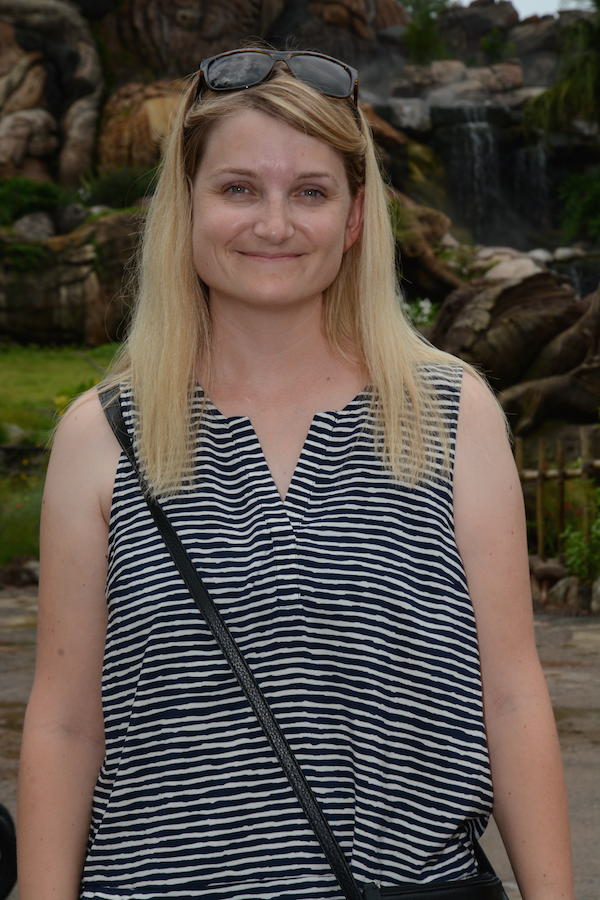
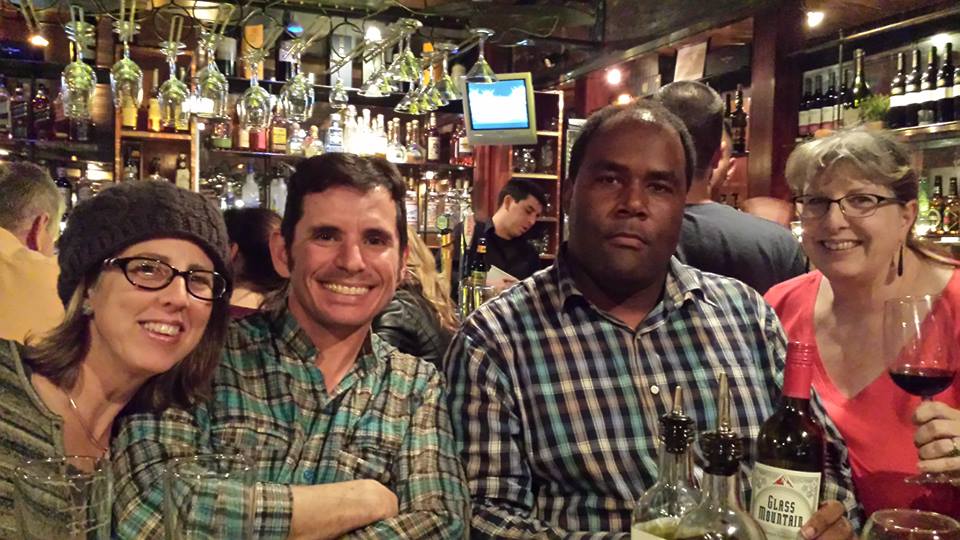
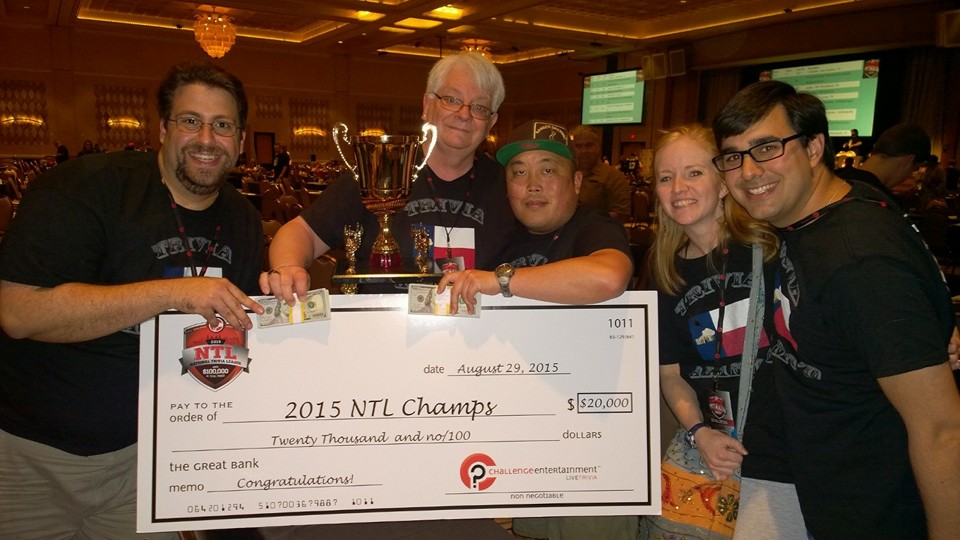
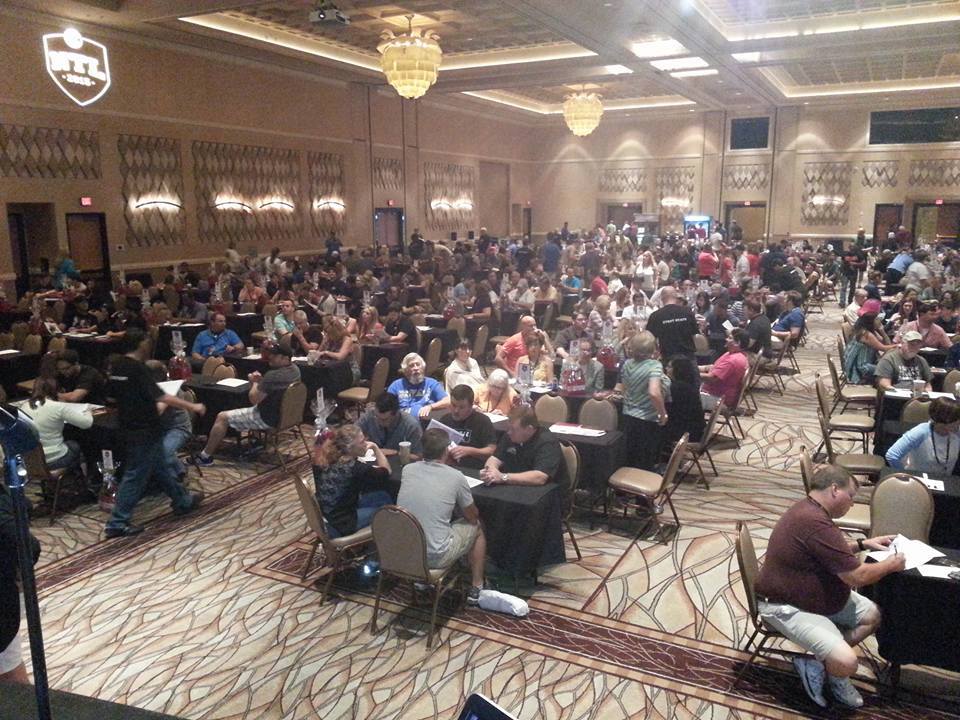

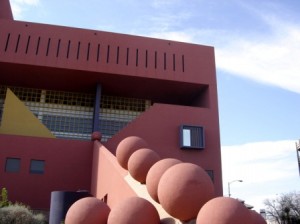
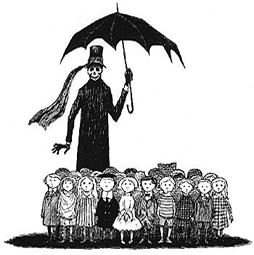 How fricken cool is this?
How fricken cool is this?